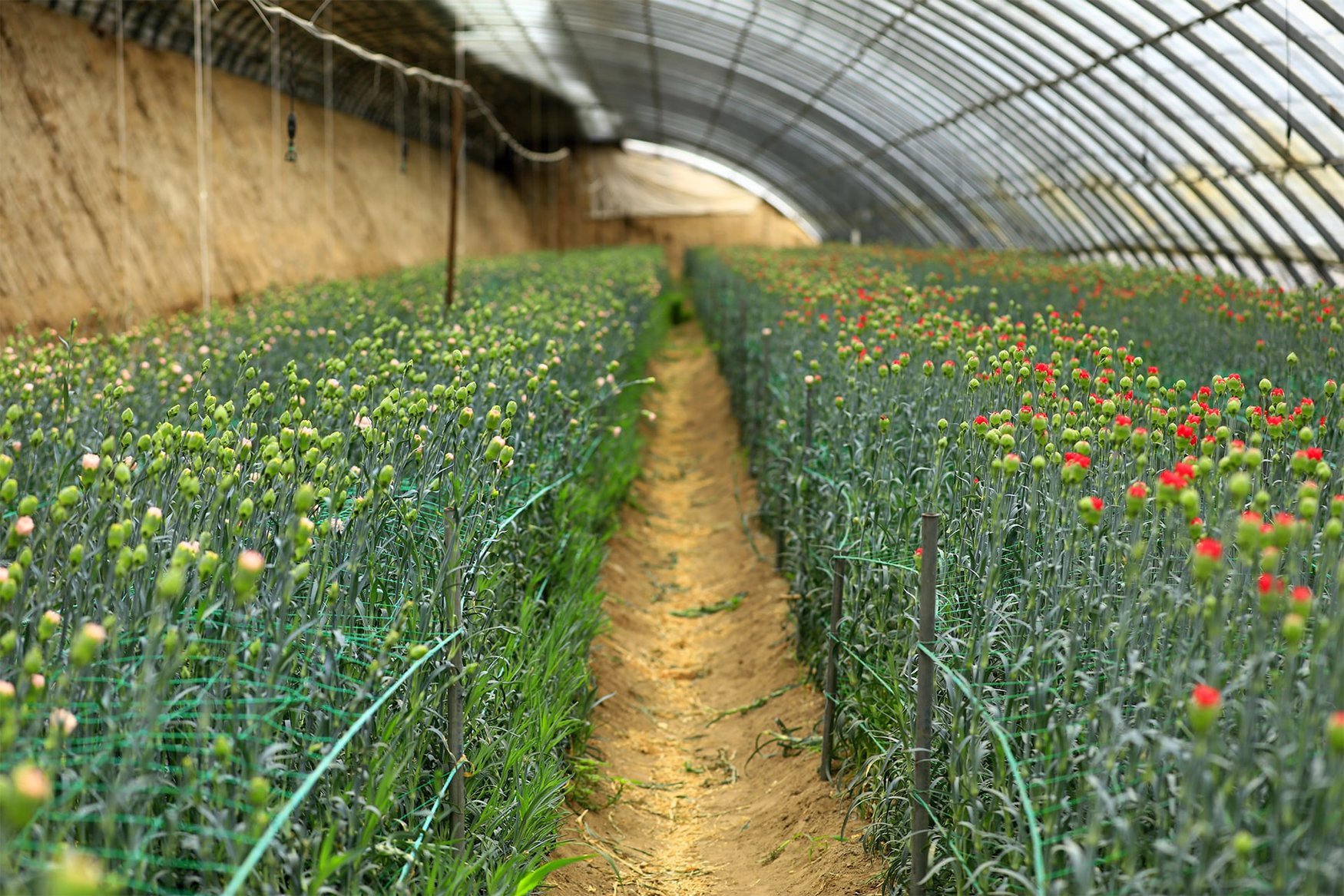Carnation
Floral, spicy, rosy, clove
Carnation brings a spicy and warm coloring to floral accords. Its distinctive undertone is bright and vivid, and pairs lovingly with notes of rose. However, the experience of smelling a fresh carnation is incomparable to the rather lacking experience of the carnation note. Regardless, the carnation is the crux of many Ambrée fragrances for its biting vibrancy.
Data sheet
- Type
- Reproduction accord.



